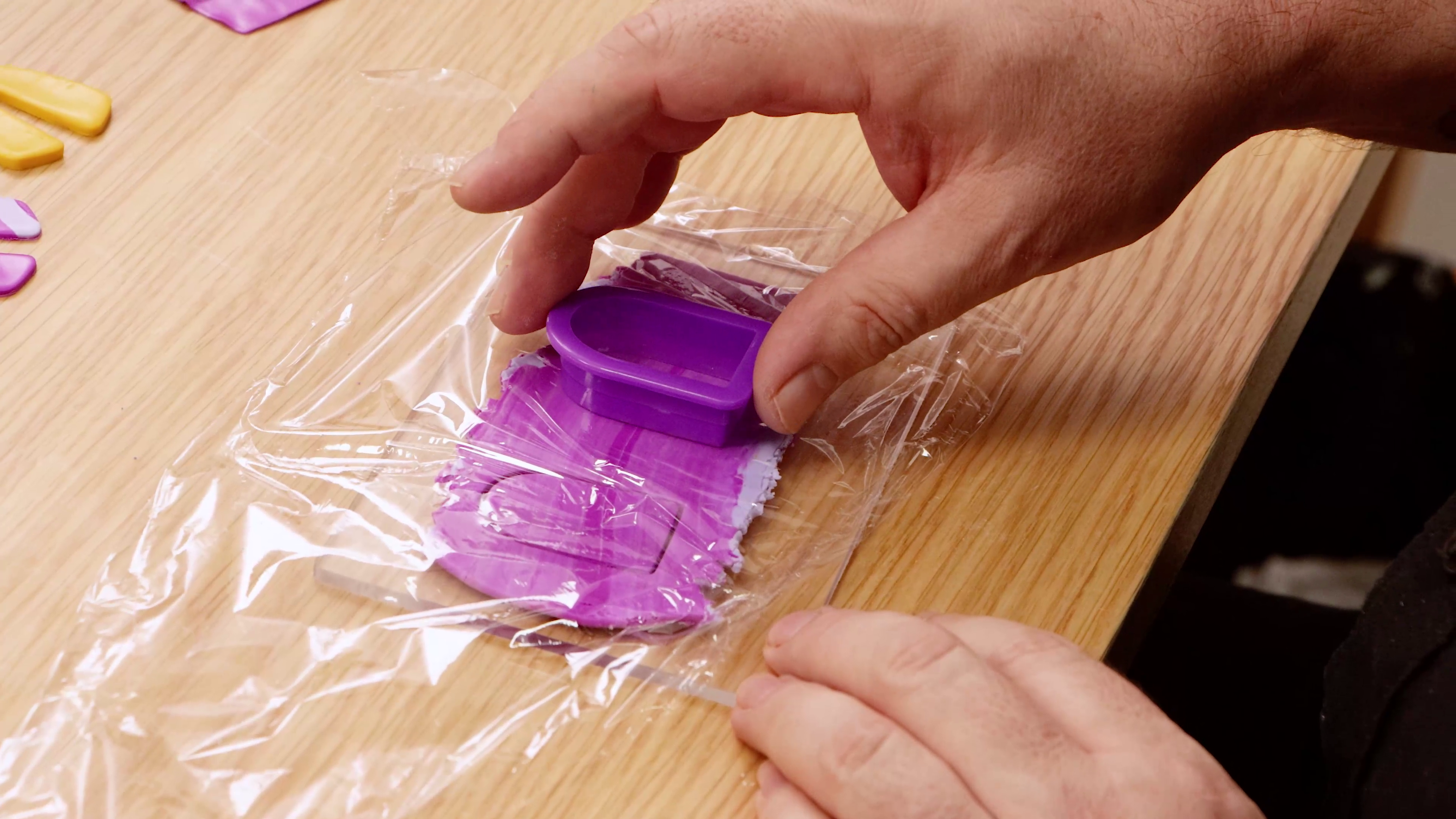Paint a cicada with watercolours
Practice your watercolour skills with this quick cicada tutorial! If you want to create your own, you can find the painting steps and materials list below.
Don’t press too hard when you are transferring the drawing as it can cause a dent in the paper.
1. Transferring the image Take the image of the cicada on page 7 and shade the back of the image with a 6B pencil. Turn the printout back over and place it face down onto the watercolour block. Use a sharp pencil and retrace all of the linework on the printout.
2. Creating the background tint Use the 75mm taklon brush to dampen the paper with water. Create a colour from Medium Yellow, Ochre and Umber and apply it over the page. Don’t make this colour too dark. Allow it to dry. Remember that watercolour is not permanent when it dries. This means when a colour is laid over the top of another layer it will affect the underlying layer a little. For this reason don’t overwork the paint anymore than you need to.
3. Painting the body and legs The cicada that we are painting is a very bright green colour and the best way to create this is to build up colours on the top of each other. First, I lay down a Lemon Yellow over the body and let this dry.
Next add a touch of Veridian Green to the yellow mix and lay this over the previous coat. Let this dry. The next coat is a layer of pure green. Make sure this coat has a lot of water in it so that it’s translucent. Next we add the Black. This lies around the eyes and markings on the back, the markings on the back and the segments on the thorax.
Water the paint down and refer to the last image in the PDF. Use a rigger brush to apply this patterning. For any parts of the black that fade to nothing add water to the edge and blend it out so there is no pigment (only water). Create a light mix of blue and lay it down the segments on the back.
4. Painting the wings By this stage the body is finished and we can move onto the wings. The first step is to paint the black markings on the wings. Refer to the last image in the PDF and try to make the markings symmetrical to the other wing. Create a watery Ochre mix and paint in the wings with the 25mm taklon brush. Try to fill the wings as quickly as you can with minimal strokes so the green of the body does not become too diluted. Create a brown mix and use a rigger brush to add the veins of the wings. Create a thick mix of white and lay highlights over the body. Finally, create a light black mix and lay in the shadow area.
Material List
- Cotton Watercolour Paper Block Premium 300gsm A4 (11.7 x 8.3in) 12 Sheet
- Watercolour Half Pan Set Premium 40pc
- Artist Watercolour Traditional Premium Mop 2
- Gallery Series Brush Set Acrylic 4pce
- Artist Acrylic Brush Premium Taklon Flat Wide 25mm





























